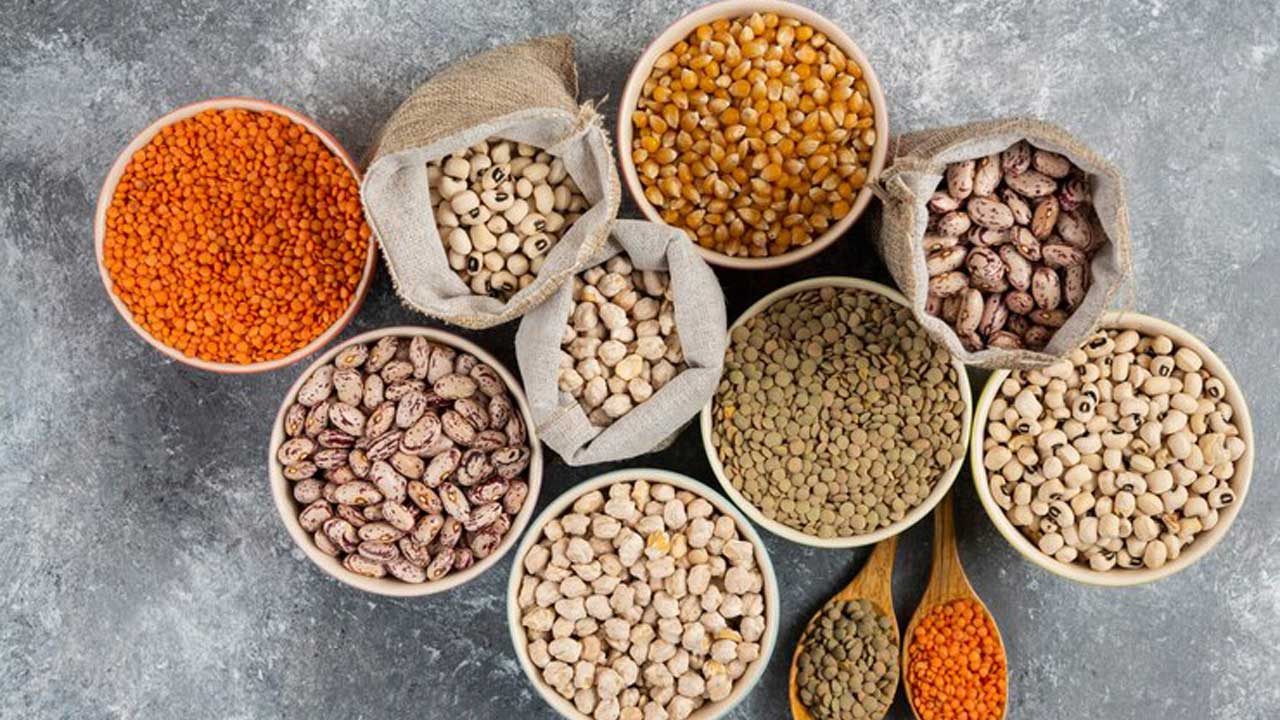
Essential staple crops providing vital nutrition and sustenance for billions globally, crucial for food security and economic stability.
Grains hold cultural and traditional significance in many societies, shaping culinary practices, rituals, and celebrations. Grain-based dishes, such as bread, pasta, tortillas, and porridge, are integral to the diets of diverse cultures worldwide. Grains are often associated with cultural identity, heritage, and community bonding, playing a central role in festivals, ceremonies, and social gatherings.
Grains, such as wheat, rice, maize, and barley, form the staple diet for billions of people around the world. They provide essential nutrients, including carbohydrates, proteins, vitamins, and minerals, necessary for human health and well-being. Grains are a primary source of calories and sustenance, particularly in regions where they are the main dietary staple.
Grains are a vital component of animal feed formulations for livestock, poultry, and aquaculture. Corn, barley, and sorghum are commonly used as feed grains to provide energy and nutrients to animals raised for meat, milk, eggs, and other animal products. The availability and affordability of grains influence the cost of animal feed, which, in turn, affects the profitability and sustainability of livestock production systems worldwide.
Grains have numerous industrial applications beyond food and feed. They are used in the production of biofuels, starches, sugars, alcohols, and other bio products. Corn, for example, is processed into ethanol for fuel, while wheat and rice starches are used in manufacturing various consumer goods, including paper, textiles, and cosmetics. The industrial utilization of grains contributes to economic diversification, job creation, and value addition in agricultural economies.
Grains are indispensable to human nutrition, economic development, cultural heritage, and environmental sustainability worldwide. Their significance extends beyond food and agriculture to encompass various aspects of society, economy, and ecology, making them a cornerstone of global food systems and livelihoods.
Grains are cultivated extensively across various regions of India, but some of the states where grain cultivation is particularly prominent include Punjab, Haryana, Uttar Pradesh, Madhya Pradesh, and Rajasthan.






